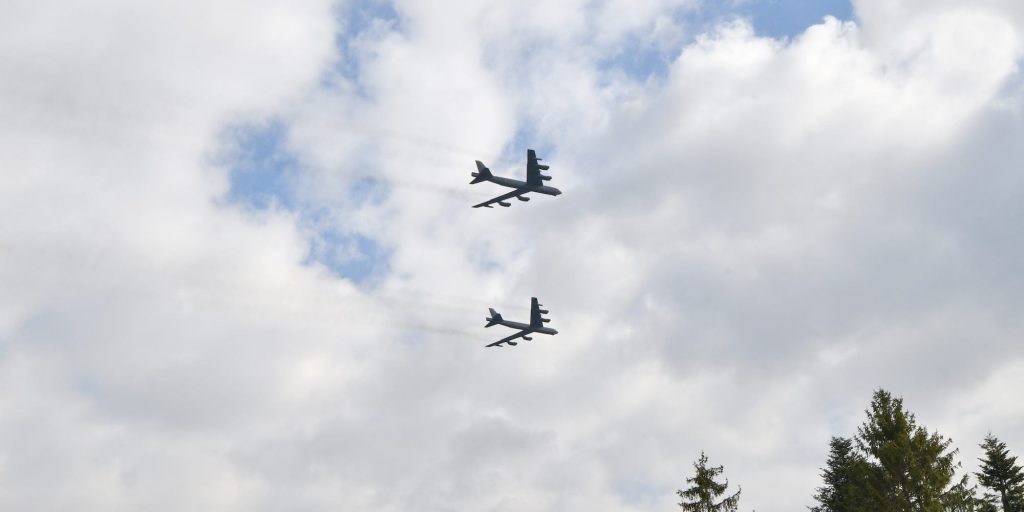- US troops in Asia and in Europe have been training to conduct close air support.
- Close air support requires close coordination between ground troops and pilots to ensure accuracy.
- Effective close air support has been a lifeline for ground troops in recent wars.
In February, US Marines teamed up with Navy SEALs and Army Green Berets in Japan to train for one of the most important but least-known combat skill sets — close air support.
Conducting close air support is complicated, requiring tight coordination between troops on the ground and pilots to ensure precise targeting. In recent wars, effective close air support has been a lifeline for ground troops, saving them from certain death or captivity.
The training event highlighted the ongoing importance of close air support, particularly in near-peer warfare.
Close air support
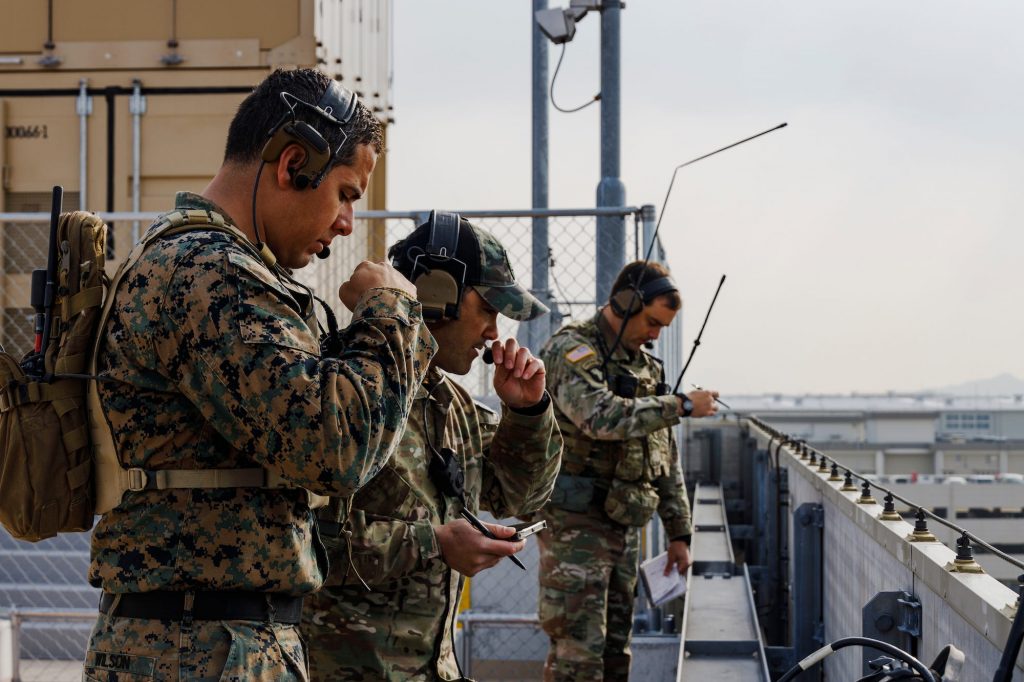
According to the Department of Defense, close air support refers to strikes that are delivered by fixed- or rotary-wing aircraft against enemy targets that are close to friendly forces and that require detailed integration of those aircraft with those ground forces' fire and movement.
Conducting such strikes is a collaborative effort between the pilot and the joint tactical air controllers, known as JTACs. A JTAC serves as the pilot's eyes on the ground and is critical to directing munitions to targets, often making the difference between a successful strike and a friendly-fire incident.
Employing close air support "in medium- to high-threat environments" against priority targets "is extremely complex and requires extensive coordination to execute successfully," a Green Beret JTAC assigned to the 1st Special Forces Group said in a press release about the February exercise.
Only the US Air Force has a dedicated joint terminal attack controller career field: the tactical air control party operator. Depending on which Air Force squadron they're assigned to, those operators can be attached to conventional or special-operations units, and in the field they support the commander on the ground by coordinating close air support.
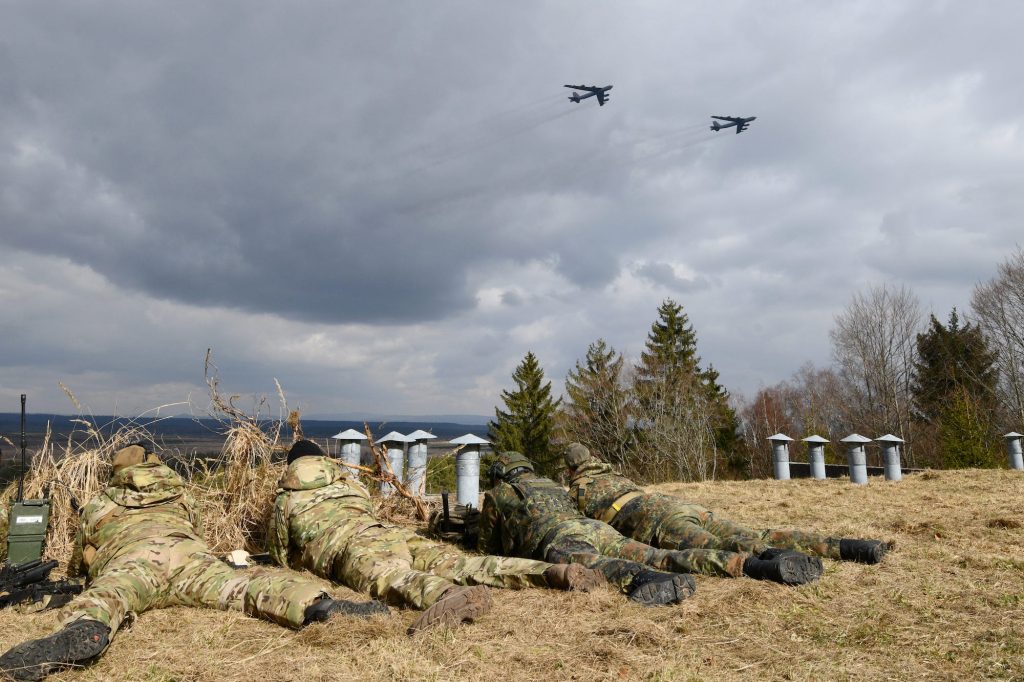
Many special-operations units will also send their own commandos through the same courses to qualify them as JTACs, just as they would with specialties like medic, sniper, or breacher.
Close air support continues to evolve. In a recent training event in Europe, the Air Force paired JTACs with B-52 bombers and conducted "beyond line of sight" target acquisition drills, meaning that the JTAC couldn't physically see the target they were calling in an airstrike on.
B-52s can conduct precision strikes with "smart bombs," but its rare to see the strategic bomber, some of which are capable of carrying nuclear weapons, tasked with close air support.
Other US Air Force aircraft, like advanced fighter jets, can conduct close air support but are not well suited for it.
Only one fixed-wing aircraft, the A-10 Thunderbolt II, also known as the Warthog, was specifically designed for close air support, and after nearly 50 years in service it's still regarded as the best at what it does.
The 9 line
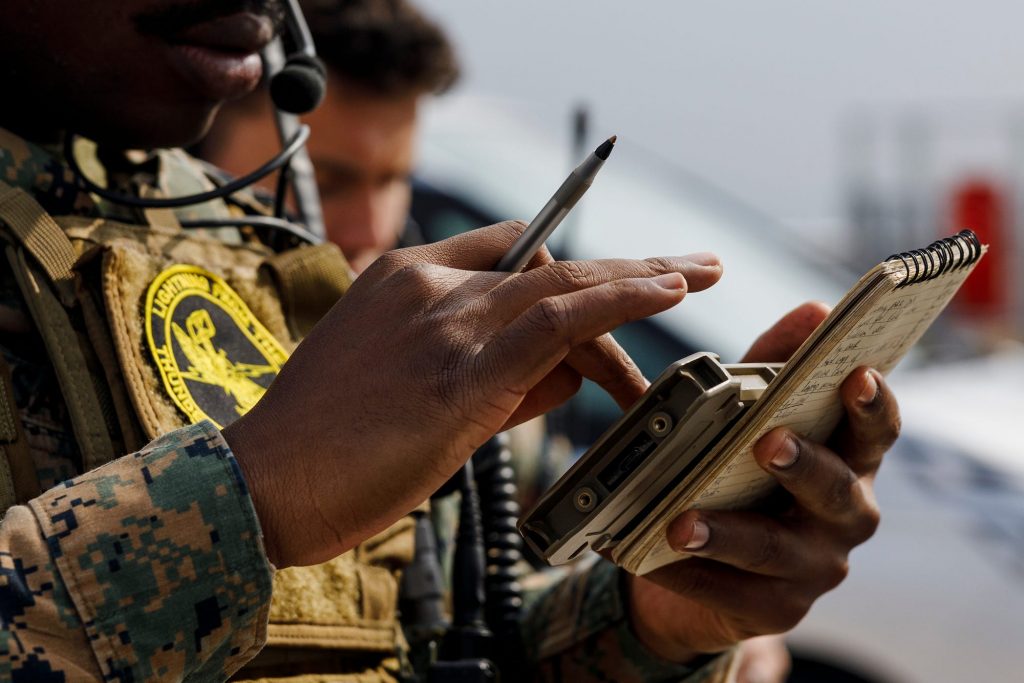
Because close air support takes place very close to friendly forces, there is no room for mistakes. The US military has a very strict checklist — called the 9 line — that must be completed before a close air support mission can be approved.
The first three lines of the checklist cover the desired ingress point of the aircraft, the heading it should make the run on, and distance it should cover. In essence, these lines tell a pilot the direction to come from and the distance the attack should cover.
Lines four to six cover target information — namely its elevation, description, and coordinates. For coordinates, a JTAC might use the US military's grid reference system or standard longitude and latitude.
The final three lines cover the target mark, friendly troops' position, and egress. In these lines, the JTAC will inform the aircraft if the target has been marked and how — for example, with colored smoke, infrared laser, or infrared strobe — where the friendly forces are located (which is probably the most important part), and where the aircraft should go after it strikes.
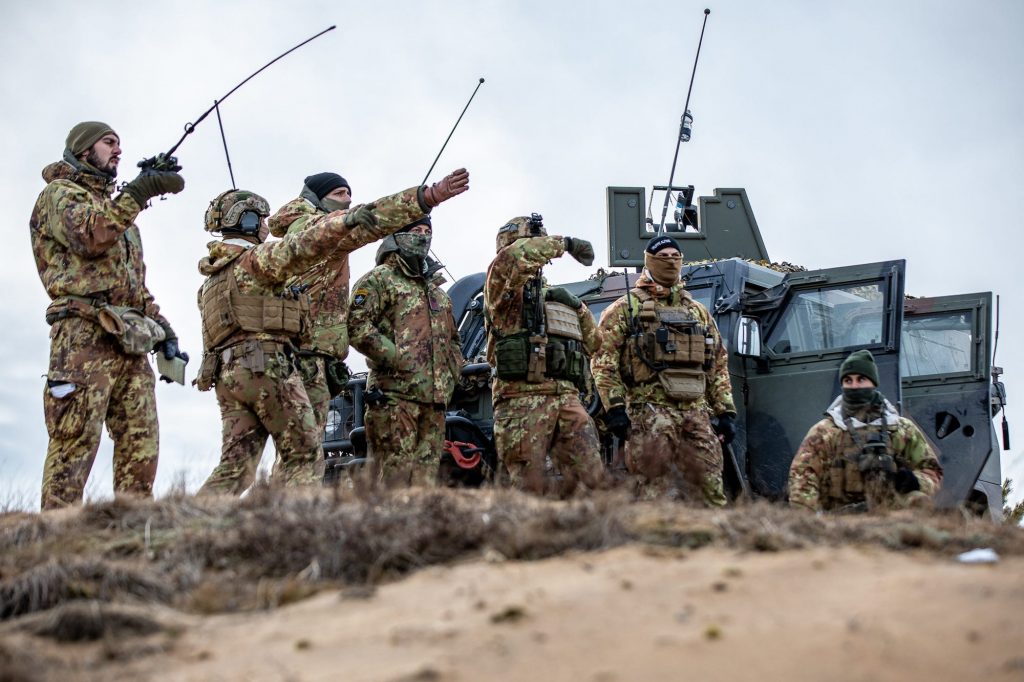
The process isn't foolproof, and fatal mistakes have been made. One of the most well known took place very early in the war in Afghanistan.
At the time, US Army Green Berets had linked up with future Afghan president Hamid Karzai in southern Afghanistan and were fighting the Taliban.
During one battle, an Air Force tactical air control party operator attached to the Green Beret team gave the wrong coordinates and called in an airstrike on their own position. Two Green Berets were killed and several others wounded.
Close air support is an essential component of modern warfare, and the US military's experience with it makes it a highly effective fighting force, but it's also a highly dangerous skill set that requires extensive training, attention to detail, and cool under pressure.
Stavros Atlamazoglou is a defense journalist specializing in special operations, a Hellenic Army veteran (national service with the 575th Marine Battalion and Army HQ), and a Johns Hopkins University graduate.
